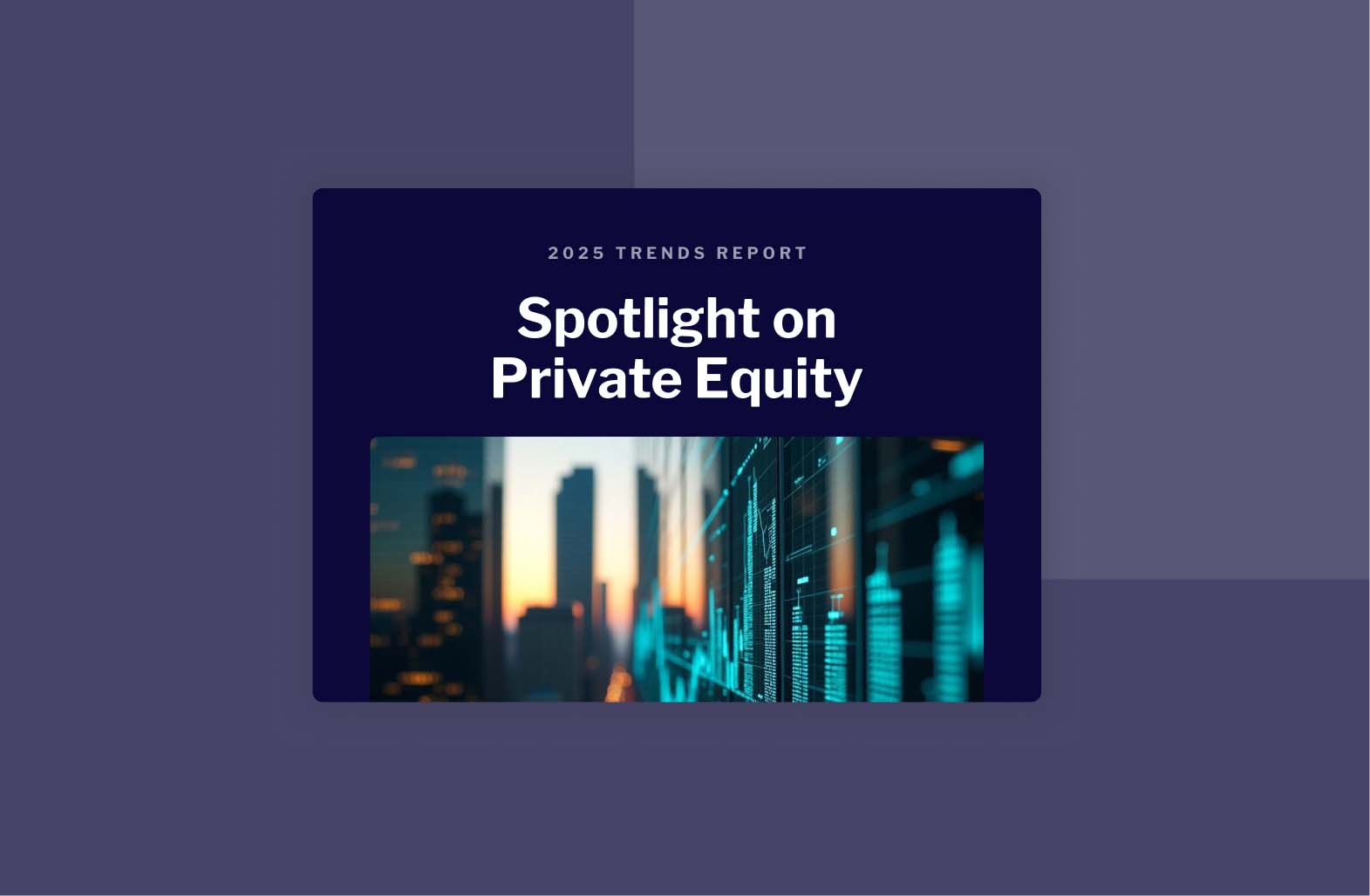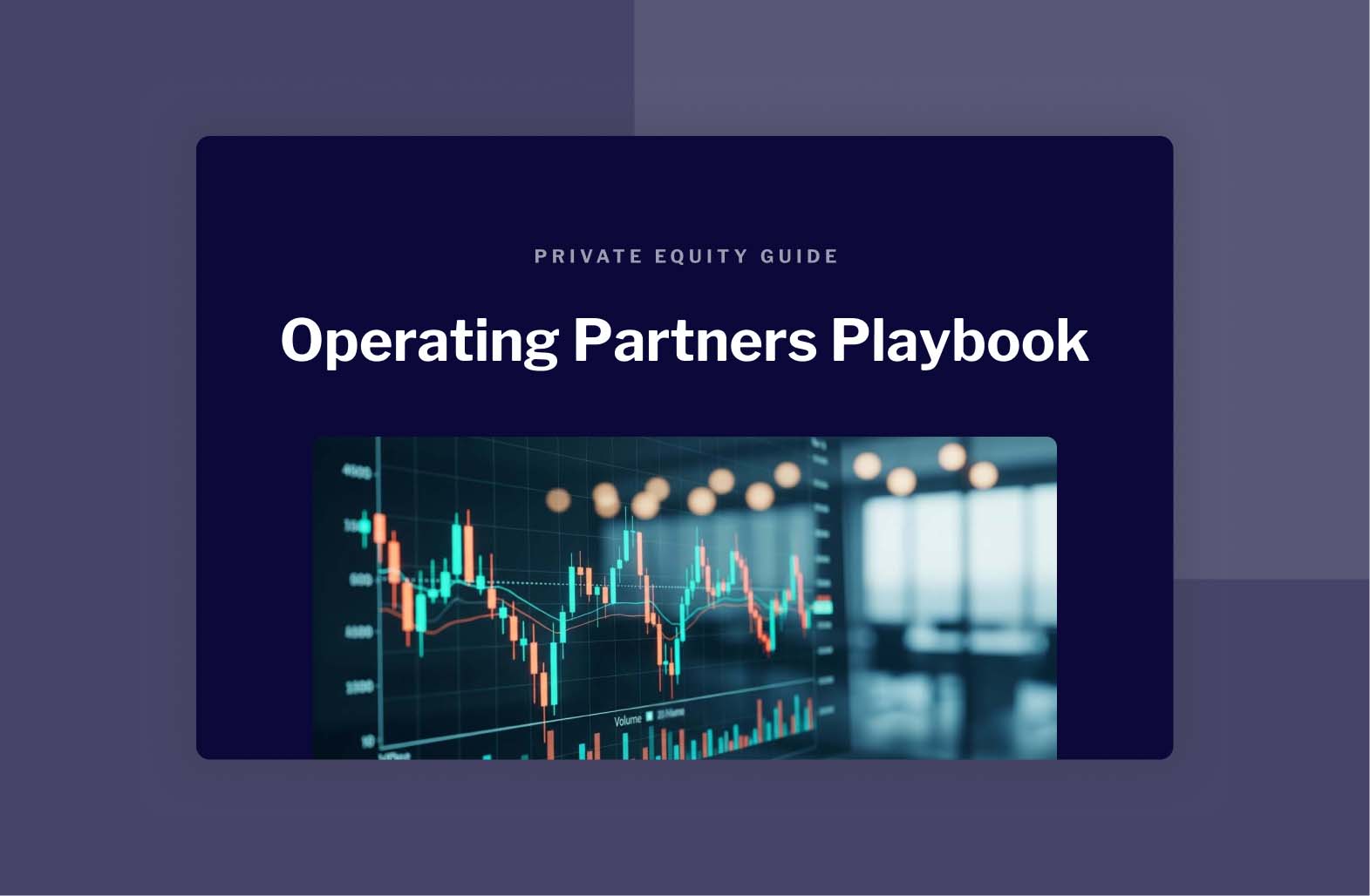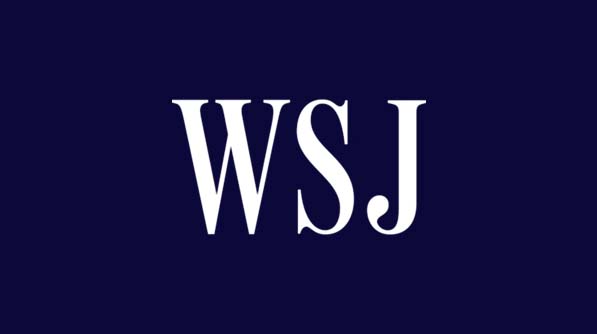Assumptions, Uncertainty, and Market Shifts: Why Testing Your Strategy is More Critical Than Ever

Imagine investing millions in a product or strategy only to find out your core assumption was wrong. This isn’t just a costly mistake, it can destroy a company.
Assumptions are the silent killers of good strategy. They can form easily and invisibly: a hypothesis becomes an “unquestioned truth” within a team, hardened by internal groupthink or overconfidence in past success. And in today’s volatile business environment, where market dynamics change daily, the risks of acting on untested assumptions are higher than ever.
Rapid regulatory changes, shifting consumer behaviors, economic instability, and supply chain disruptions all make it more difficult to operate with confidence. In this environment, companies that fail to continuously validate assumptions risk making strategic missteps.
This article explores the dangers of untested assumptions, real-world examples of where companies got it right, and wrong, and practical steps for building a strategy that’s resilient in the face of uncertainty.
Why assumptions are so dangerous, especially now
Assumptions are untested beliefs about your market, customers, or competitors. They often emerge because it’s faster to rely on past experience or internal opinions than to gather new data. But the consequences are serious:
- Misaligned Products: You may launch offerings no one wants.
- Missed Opportunities: You fail to spot emerging trends.
- Resource Misallocation: Time, talent, and money go toward the wrong priorities.
- Regulatory Blind Spots: Unaddressed, can result in legal and financial consequences.
These risks are amplified in today’s environment of constant disruption. Consider:
- Regulatory Shifts: New policies on data privacy, AI, sustainability, and trade require ongoing adaptation.
- Fluctuating Consumer Preferences: Social movements, generational shifts, and global events reshape what people value and how they buy.
- Supply Chain Disruptions: Geopolitics, material shortages, and climate-related events can upend sourcing and delivery models.
- Pricing Instability: Variable input costs and inflation challenge long-term pricing strategies.
In this landscape, relying on instinct or outdated information is not only risky, it’s reckless. Assumptions that once worked can quickly become liabilities.
Perhaps the most insidious risk is how assumptions silently take root. An internal hypothesis, such as “our customers care more about price than convenience,” can become a default truth if left untested. Over time, these unchecked beliefs shape major decisions, and when conditions shift, they become points of failure.
Five ways to de-risk your strategy
1. Test Assumptions Early and Often
Don’t wait until launch to validate your thinking. Use surveys, interviews, pilots, or small-scale experiments to test key assumptions. Prioritize areas where the risk of being wrong is highest.
2. Create a Culture of Inquiry
Foster an environment where questioning is not only welcomed but expected. Embed curiosity into the organization’s DNA. Leaders must model humility by openly asking, “What are we missing?” Teams should be rewarded for surfacing counterevidence or highlighting assumptions.
3. Monitor the Market Continuously
Static strategies don’t survive in dynamic markets. Make market monitoring a muscle, not a moment. Use tools like Google Trends, social listening platforms (e.g., Brandwatch, Sprout Social), competitive intelligence platforms (e.g., Crayon, Similarweb), and news alerts or industry-specific dashboards to gather real-time signals and track shifts in consumer behavior, emerging trends, and competitor moves.
4. Engage Third Parties
Outside perspectives—whether consultants, researchers, or advisory boards—can surface blind spots you can’t see internally. External partners bring objectivity and challenge legacy logic that often goes unquestioned inside an organization.
5. Prioritize Assumptions with the Most Strategic Impact
Not all assumptions deserve equal scrutiny. Focus on those tied to customer demand, competitive positioning, or regulatory risk—areas that can significantly move the needle. These are the assumptions with the greatest strategic impact, and they deserve your closest scrutiny. Revisit them often, especially in times of volatility.
Real-world examples where testing made the difference
Assumptions can quietly derail strategy, but the right methods can surface them before they do damage. The following examples from my work demonstrate how uncovering and testing assumptions has led to sharper strategies and better outcomes.
Grocery E-Commerce: Rethinking the Target Customer
A global retailer was preparing to launch a grocery home delivery program, assuming their target audience was stay-at-home moms. We conducted a rigorous competitive landscape and consumer segmentation study, uncovering that dual-income households were the highest-need segment due to limited time and scheduling constraints.
This is a textbook example of testing assumptions early and creating a culture of inquiry. Had the team stuck to its original belief, they would have misaligned marketing and product strategy. Instead, we grounded our strategy in validated insight, unlocking a better-fit target market.
Investment Strategy: Going Beyond Financial Metrics
A major investment firm focused on consumer, industrial, and tech sectors required an in-depth behavioral research initiative to uncover what truly drives customer decision-making. The work identified not only key purchase drivers and shifting customer preferences. These insights revealed mismatches between investor expectations and the reality faced by consumers. Our work led the firm to reshape its investment thesis to better align with evolving buyer behavior and market risks.
This project exemplifies the importance of continuously monitoring the market and prioritizing assumptions. By moving beyond financial metrics to uncover customer psychology and brand perception, we helped the firm make smarter, more resilient investment decisions grounded in actual market dynamics, not assumptions.
Market Sizing: Avoiding Intuition-Driven Expansion
An industrial firm needed to assess 10 potential adjacent markets. We conducted a multi-method research process—comprising interviews, modeling, and trend analysis—to identify viable options and avoid pursuing ideas based solely on executive intuition. The work resulted in a data-backed go/no-go roadmap.
This is a clear case of engaging third parties to pressure-test thinking and prioritizing assumptions with the most strategic impact. Without structured research, the firm risked investing based on internal bias rather than true market opportunity.
These examples show what’s possible when assumptions are challenged early. But what happens when they’re not?
When assumptions go untested: Lessons from market missteps
Even large, well-funded companies get it wrong when they fail to challenge their own logic. The following examples illustrate how unchecked beliefs can quickly lead even the most well-resourced companies astray, reinforcing the importance of a proactive strategy of inquiry and validation.
Microsoft’s Mobile Misstep
Microsoft’s mobile strategy assumed that its dominance in desktop computing would extend to smartphones. Rather than validating customer preferences or usage habits in mobile environments, the team relied on internal logic and past success.
When entering a new market, especially one governed by different customer dynamics, testing your assumptions early and continuously is not optional, it’s survival.
Peloton’s Demand Overestimation
Peloton assumed that pandemic-driven demand would persist post-COVID. They ramped up production without revalidating customer behavior in a changing context. The company failed to monitor the market continuously and placed a heavy investment in a demand forecast that was never tested for durability.
Continuous market validation is essential, especially when a surge is tied to an extraordinary event.
Global Ocean Shipping Faces Uncertainty Amid U.S. Trade Policies
The ocean shipping industry faces increasing uncertainty due to tariffs, weather events, and geopolitical instability. Many operators failed to monitor regulatory developments and external risks continuously, and few had systems in place to pressure-test alternative scenarios or assumptions. The firms that are faring better are those that focused on what mattered most—regulatory risk and trade volatility—and built agility into their strategies.
When regulatory risk is high, companies must monitor it constantly and test for flexibility, not just profitability.
The cost of what you don’t know
Assumptions are inevitable, but unchecked assumptions are avoidable. With the right mindset, tools, and partners, companies can surface the hidden beliefs that drive their decisions and adjust in time.
The next time your team proposes a bold new idea, ask the most important question no one wants to ask: “What assumptions are we making—and how can we test them?”
That one question could save you millions and be the difference between success and failure.
Meet the Author

Kate Wade is a strategic advisor and market insight expert with over 20 years of experience helping organizations unlock growth, improve performance, and navigate change. As Managing Director of Wade Strategy, LLC, she has led high-impact projects across financial services, insurance, consumer goods, retail, and industrials—working with start-ups, Fortune 200 companies, and global retailers. Her background includes leadership roles at Allstate and Arthur J. Gallagher, and consulting positions at The Boston Consulting Group, Accenture, and The Cambridge Group. Kate specializes in competitive due diligence, innovation strategy, market segmentation, and change management, drawing on a deep toolkit that includes AI/ML, quantitative and qualitative research, and design thinking. Visit Kate’s website for a free market intelligence checklist.












